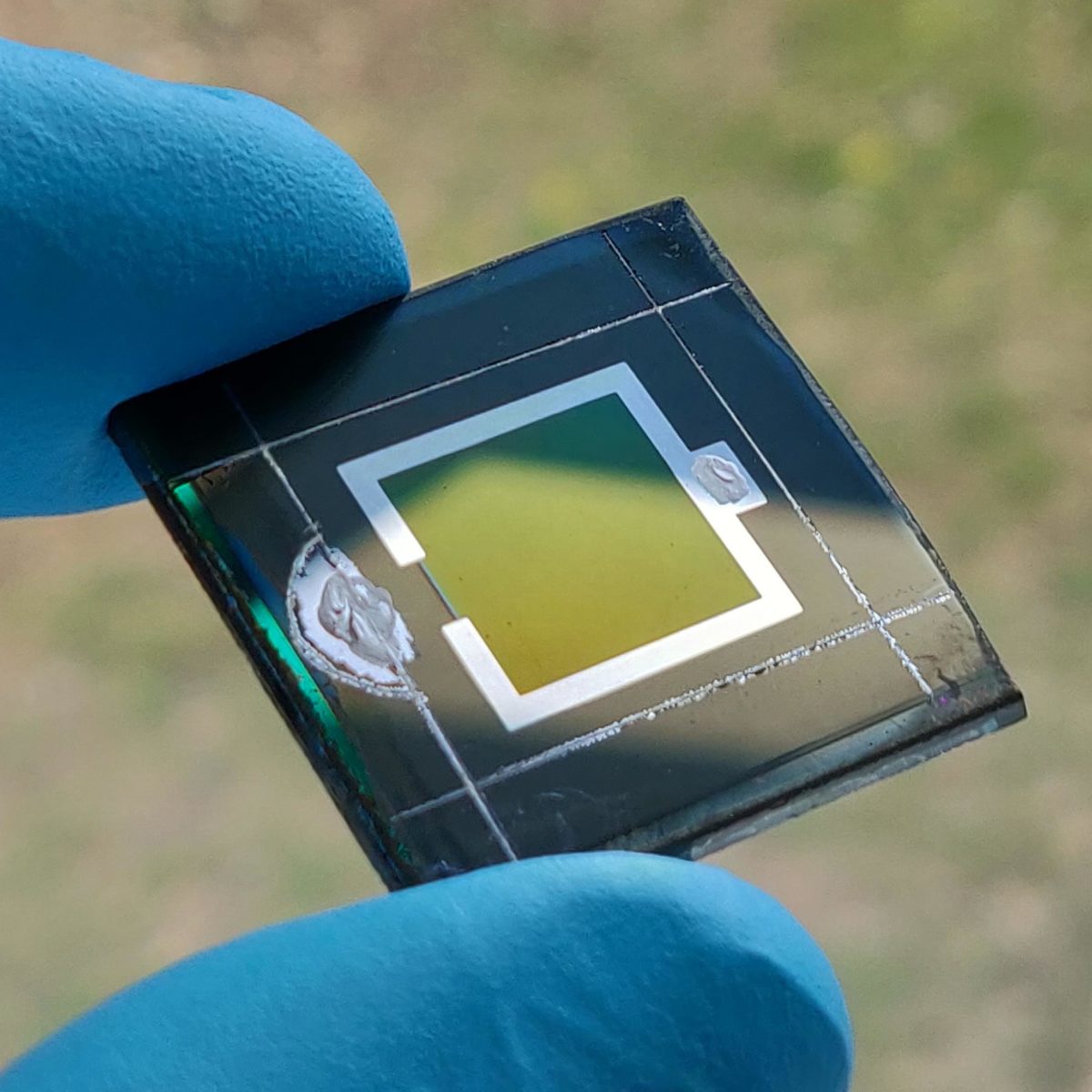The Fraunhofer Institute for Solar Energy Systems’ (ISE) CalLab has confirmed the new efficiency rating. The researchers have combined semiconductors, perovskites and CIGS to produce a monolithic two-terminal tandem cell.

Scientists from Helmholtz-Zentrum Berlin (HZB) have revealed that they have achieved an efficiency of 24.16% with a tandem cell combining CIGS and perovskite technology.
The result, which has been confirmed by the Fraunhofer Institute for Solar Energy Systems’s (ISE) CalLab, was obtained with a tandem cell measuring 1cm². The new design improves upon HZB’s previous record of 23.26%, set in September, which was already a significant improvement on the 21.6% efficiency rating it achieved in February 2019.
“This time, we have connected the bottom cell (CIGS) directly with the top cell (perovskite), so that the tandem cell has only two electrical contacts, so-called terminals,” explained Dr. Christian Kaufmann from PVcomB at HZB. “Especially the introduction of rubidium has significantly improved the CIGS absorber material.”
“We used a trick that we had previously developed,” said fellow researcher Marko Jost. The “trick” involved the application of so-called self-assembled monolayers (SAM) molecules to the CIGS layer, to form a self-organized monomolecular layer. This improved the contact between the perovskite and CIGS. SAM molecules are molecules that self-assemble into monolayers for efficient perovskite solar cells.
This kind of molecule organizes itself on the electrode surface until a dense, uniform monolayer is formed. “The ultra-thin layer exhibits no optical losses and, thanks to its self-organizing property, could conformally cover any surface – including textured silicon in tandem solar-cell architectures,” HZB said in a previous study.
The new record means tandem cell efficiency has surpassed the 23.35% record for a standalone 1cm² CIGS cell set in January 2019 by Solar Frontier. If scientists can demonstrate an efficiency gain for the tandem structure over a standalone cell, as has been achieved already with perovskite/silicon tech, the combination could garner significantly more interest.